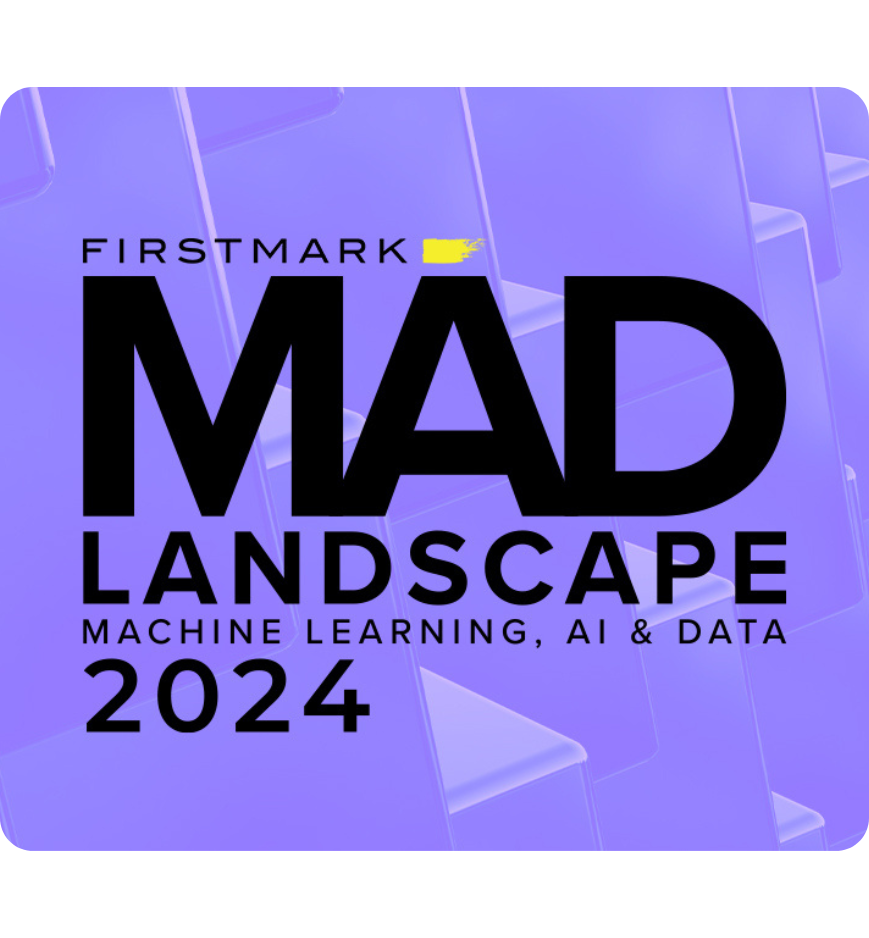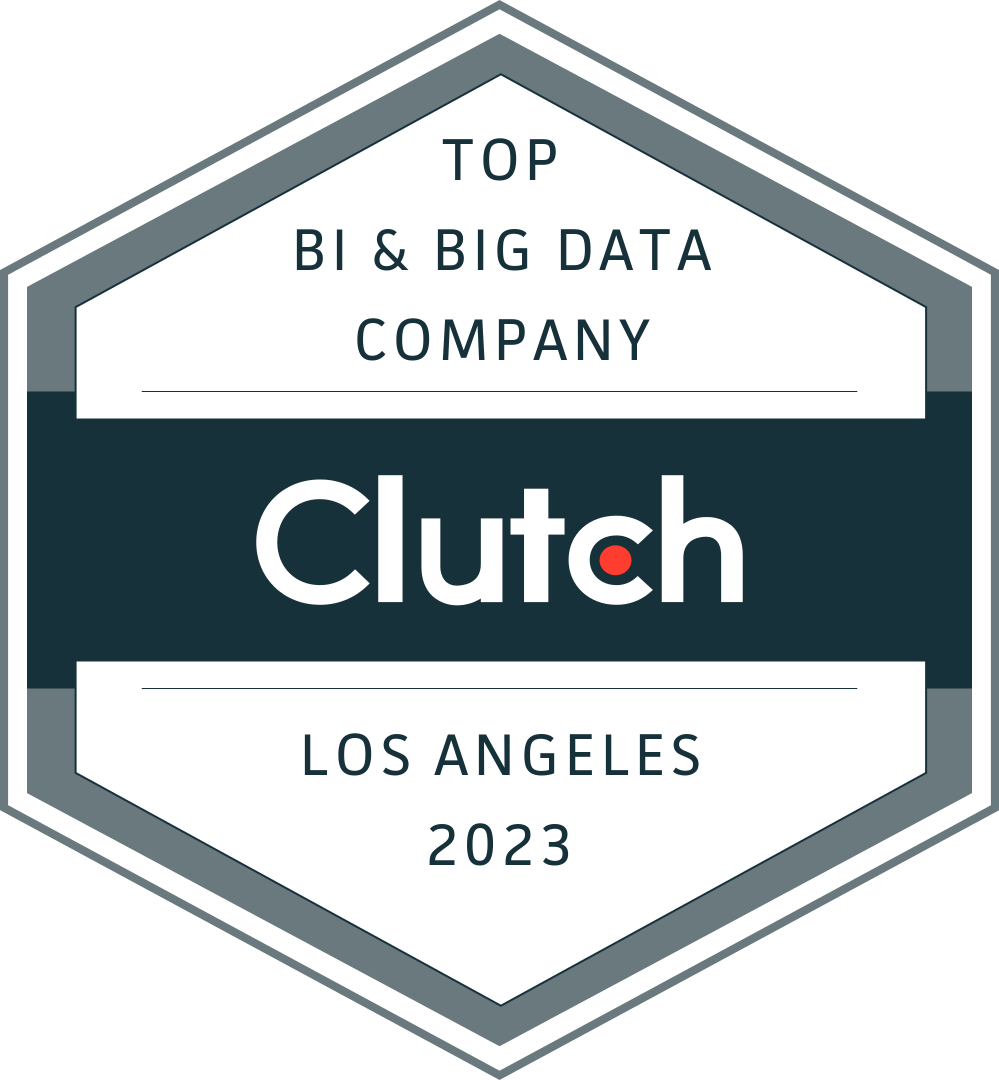
Get ahead with Computer Vision Solutions
Take advantage of the potential of Computer Vision Solutions and enjoy world-class Computer Vision Services
Grow your business and improve operations with computer vision solutions
In order to develop an effective digital product, it is necessary to understand and find a way to answer users’ needs.
According to them, we implement the right high-tech solution which will boost the efficiency of processes as well as user experience.
To ensure a successful implementation you need to cooperate with a trusted partner, experienced, and strict in following reliable methods.
At Addepto, we offer computer vision services that perfectly match the unique needs of our clients. Open your business to new, high-tech opportunities.
A short guide to applying Computer Vision services
If Artificial Intelligence mimics the human way of thinking, computer vision solutions replicate the complexity of the human vision system. That is the most straightforward way of explaining computer vision, but let’s dive deeper to get a more technical-oriented explanation of the term.
Computer vision (CV) is an artificial intelligence-based technology that allows computers to observe the world, and derive meaningful information from digital images, videos, and other visual inputs.
Thanks to computer vision AI algorithms, computer vision can understand the context visual objects appear, accurately identify and classify them, and react to what they “see.” Thus, by analyzing visual data, this innovation can almost perfectly understand a particular situation and, without missing any factors, find the best solutions or suggest the most reasonable actions.
Computer vision is used in various industries- from energy and utilities to manufacturing, and automotive – and the market is continuing to grow. It is expected to reach USD 48.6 billion by 2022.
However, to be helpful in business, computer vision solutions need lots of data to self-train. They analyze data repeatedly, learning to discern distinctions and ultimately recognize images. How is it possible? Two essential technologies are used to accomplish this: a subset of machine learning called deep learning and a convolutional neural network (CNN).
If computer vision applications “digest” enough data, they will learn to distinguish one image from another even better than a human can.
Our clients















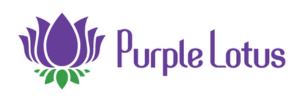







Fast image processing
Polish retailer owns thousands of pictures of product labels. Our task was to automatically find the place where the ingredients are written and transform the images into text.
Our Solution
We used a modified VGG16 convolutional neural network to find boxes containing ingredients information – as similar to ground truth boxes as possible (91% accuracy). The extracted boxes were used in Google OCR to extract text data.
After extracting the text data, we processed the text using NLP techniques and categorized the product. The algorithm has been integrated with the mobile application.
Benefits
Our solution processes images much faster than it is possible manually, helping people choose the right food to eat if someone has allergies. Moreover, it examines if the product changes over time.
Demographic analysis
An influencer marketing platform wanted to create a solution for demographic analysis of influencer recipients. Additional functions and deeper analysis of the audience were needed. Financial factors were also important, the solution should be more cost-effective than a 3rd party vendor.
Our Solution
Addepto has developed a machine learning solution that extracts and processes data from various social media sources using Big Data techniques.
With the help of Machine learning models solutions automatically extract knowledge from text and images age, family status, personal income, ethnicity, occupation, interests, brands, sentiment.
For computer vision was used deep neural network object detector such as SSD and YOLO trained on a large corpus of manually labeled data (81% accuracy for gender recognition).
Benefits
The solution helped the company to flexibly manage the analysis of influential audiences, obtain more precise results, and reduce overall costs. In the long run, our solution may enable a company to gain a competitive advantage.
We are trusted by global leaders
Hear it from our clients!
The communication process was smooth, which assured us that Addepto was devoted to preparing a high-quality product.
Director of Machine Learning – Wealth Management Company
Addepto’s flexible team reacts to tasks rapidly.
Head of IT – SMEO S.A.
Communication with the Addepto team was easy and fast. Continuous monitoring and measurement of our workflow helped to identify areas for improvement. Their approach from the start allowed us to improve the product taking into account all our requirements. The obtained result fully satisfied our company.
CPO of KeyedIn Solutions
Addepto delivered a platform with AI models that resulted in time savings. The team addressed the client's core problem and went above and beyond to understand the client's tech stack. Their technological expertise and state-of-the-art technologies complemented their business-oriented approach.
Michelle Medeiros Sr Director of Data & ML – Western Governors University
Their approach from the start allowed us to improve the product taking into account all our requirements. The obtained result fully satisfied our company.
Matthew Muldoon CPO – KeyedIn Solutions




Addepto has been ranked #143 on the Deloitte Technology Fast 500 EMEA list, achieving a remarkable revenue growth rate of 1,193%!

We have been recognized as a Top AI consulting company 2024 by TrueFirms

Addepto is one of Europe's FT1000 Fastest Growing Companies 2024 according to FT

We have been listed in the annual MAD Landscape 2023 in the Data & AI Consulting category

Addepto has been listed in the annual Deloitte Technology Fast 50 Central Europe 2023 ranking


What technologies do we use?


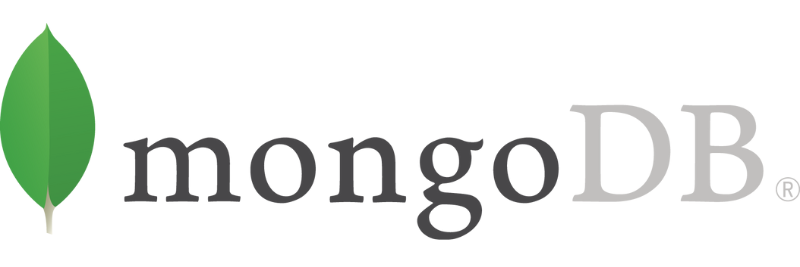

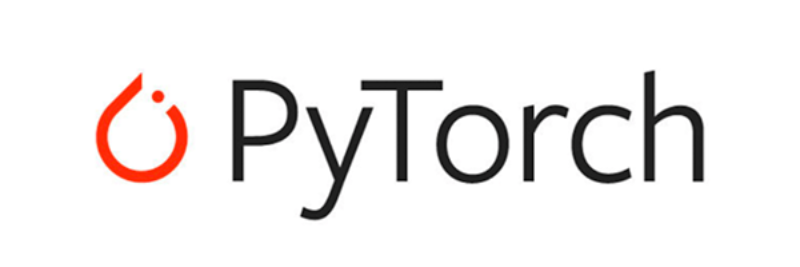

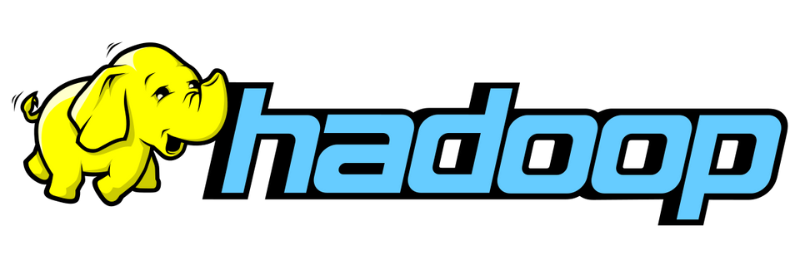
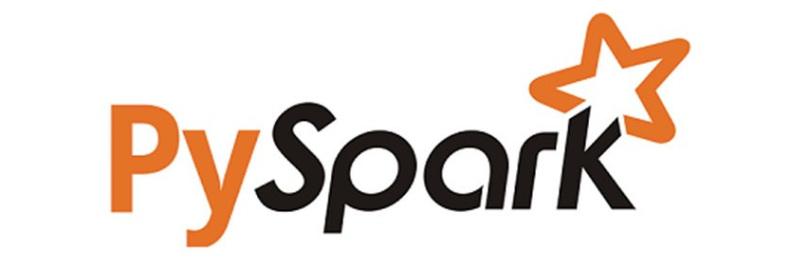
Examples of computer visions services
Examples of computer visions services
Object Detection
Object Detection is one of Computer Vision Services which focuses on detecting various objects on photos like cats, dogs, cars, bikes, humans, etc., by extracting features from pixels and applying deep learning to recognize patterns.
One of the main areas of object detection is face recognition.
Image and Video Pre-Processing
Advanced Computer Vision with the use of neural networks can perform image transformations not available for traditional image processing algorithms.
As an example, we can artificially increase the number of trees or remove them without noticing an artificial change.
Image transformation
It is possible to generate missing parts of the photo or change the sky’s appearance from Earth to Mars.
Possibilities of image enhancing and transformation are limitless and require just creating a specialized model for a given task.
Scene Segmentation
Traditionally, to detect an object on an image it used to be sufficient to just select its position by the rectangle.
Now, an improvement of this technique is outlining the given object (for example by a slight change of its color) and in that way segment image on different objects where the result is obtaining an image very similar to the stained glass.
This technology will be extensively used in autonomous navigation and radiology (outlining cancerous changes in tissue).
Learn more about computer vision solutions
Which companies use Python?
Python is a trusted high-level programming language used for software applications. It is a trusted program, used by big companies like Google, NASA, Yahoo!, Wikipedia, and many more.
Which industries can benefit from computer vision services?
Areas where computer vision services could be applied:
- Digital twin
- Security
- Quality control
- Robotic process automation
- Manufacturing
- Healthcare
- Agriculture
- eCommerce
… and many more.
What is Computer Vision?
Computer vision is a branch of AI that focuses on extracting useful information from visual inputs such as pictures and videos.
It works similarly to human vision – by observing objects repeatedly, humans learn how to identify patterns and can classify, categorize, and abstract distinctions between things they know. Computer vision applications work in the same way.
How Computer Vision solutions works?
Computer vision solutions gather visual inputs from cameras or more sophisticated systems based on Time-of-Flight sensors, Radio frequency sensors, Infrared or LIDAR systems).
Then the data was proceed by Convolutional Neural Network (CNN). It consists of a large interconnected nodes and edges which simulate how a neuron behaves.
Relying on neural networks enables Computer Vision applications to self-learn by using labeled data to recognize common patterns in the examples.
What is A Convolutional Neural Network (CNN or ConvNet)?
A Convolutional Neural Network (also called CNN or ConvNet) is a type of neural networks that specializes in processing data that has a grid-like topology, such as digital images (they contain a series of pixels arranged in a grid-like way). A CNN can have tens or hundreds of layers that each learn to detect different features of an image.
They can start from detecting very basic features, such as brightness and color, and increase in complexity to identify features that allow them to find unique object features. Convolutional Neural Network and deep learning can be considered a heart of computer vision applications.
What are the differences between Image Processing and Computer Vision?
Image processing and computer vision are related to visual data, but these terms can’t be used interchangeably.
On the most basic level, image processing is modifying or enhancing images to get a new result. It doesn’t have to recognize or categorize the visual content to transform some of its features; it can focus on improving resolution, optimizing contrast, increasing resolution, blurring sensitive information, cropping some areas, etc.
Computer vision solutions’ main goal is understanding the context of visual objects they see and taking the desired reaction.
What is deep learning?
Deep learning is a subset of machine learning that attempts to simulate the human brain’s behavior by getting knowledge from large amounts of data.
Deep learning distinguishes itself from classical machine learning by the type of data it works with. While machine learning algorithms use structured, labeled data to make predictions, deep learning can ingest and process unstructured data, like text and images.
What industries can be benefited from computer vision solutions?
Computer vision keeps increasing its impact on the business of all industries – retail, security, healthcare, automotive, manufacturing, agriculture, and so on.
Computer vision applications can be applied for face recognition, crowd detection, human abnormal behavior detection, parking detection, baggage recognition at airports, quality control on the production line, and more.
What are the technologies used for computer vision applications?
Python is a main programming language used for building computer vision solutions and artificial intelligence-based applications in general. The vast amount of libraries and frameworks, huge and vital community and relatively flat learning curve are the main reasons for its popularity.
Particularly for computer vision applications, the OpenCV was created. Open Source Computer Vision Library (OpenCV) is an open-source computer vision and machine learning software library. It was designed to set a common infrastructure for computer vision applications and to speed up the development process.
Our clients






















